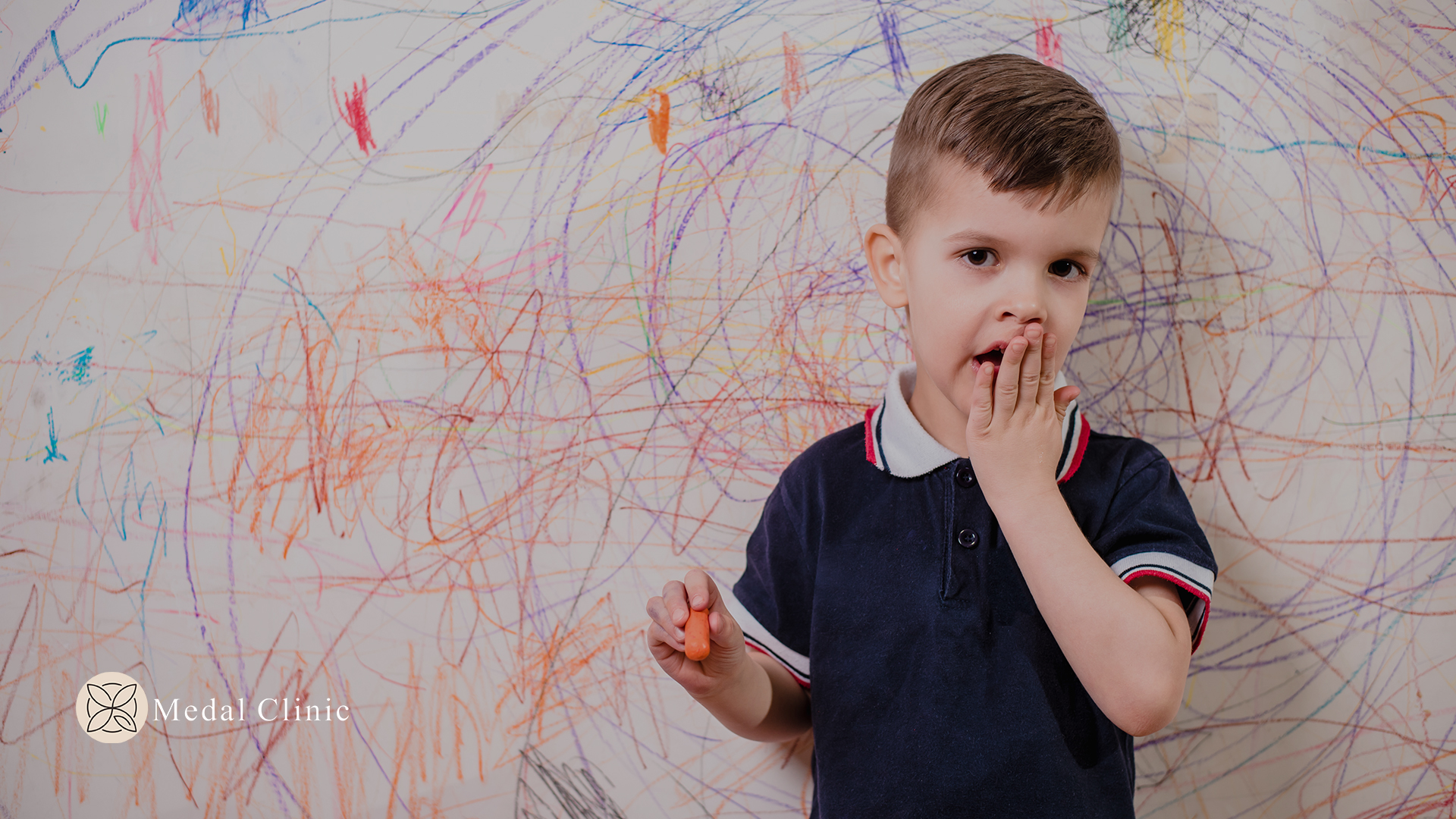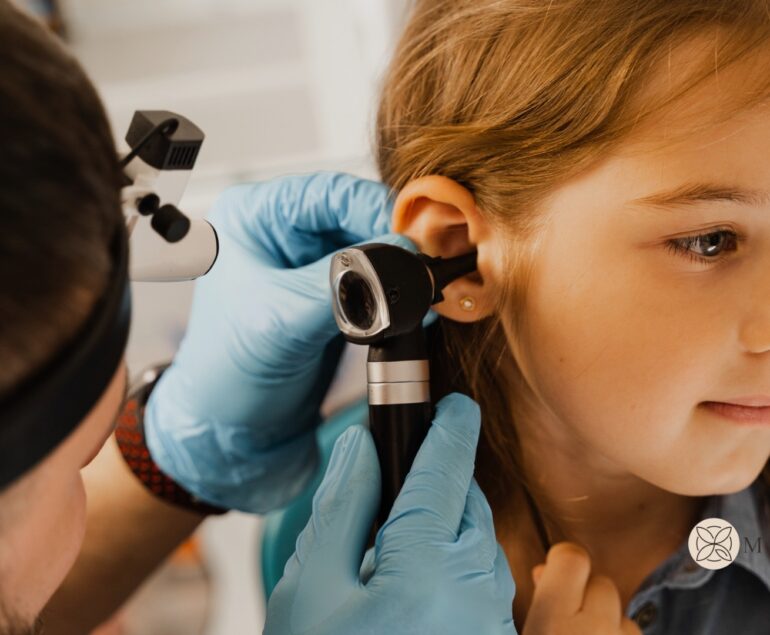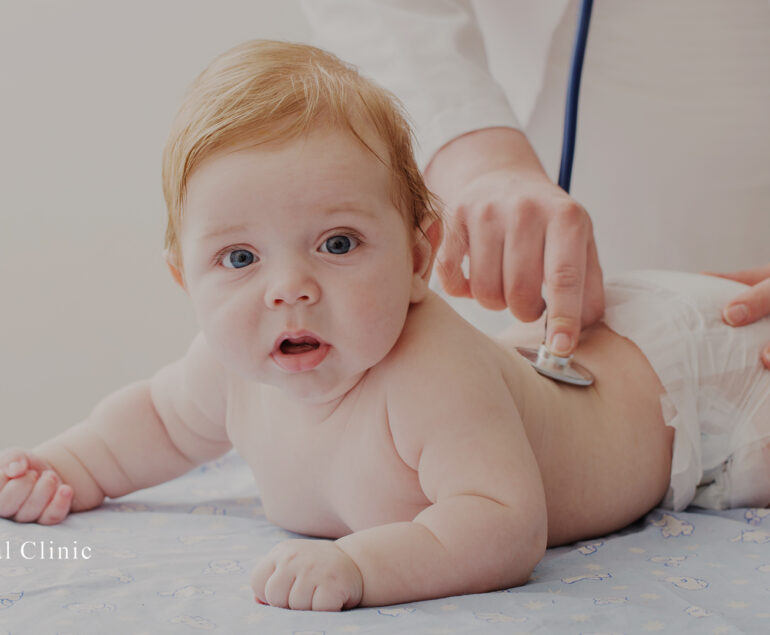Navigating Hyperactivity in Children: Understanding and Managing ADHD
Hyperactivity in children, often diagnosed as Attention Deficit Hyperactivity Disorder (ADHD), is a commonly misunderstood condition. This blog aims to shed light on the nuances of ADHD, offering insights into its management and the support systems available for affected children and their families.
Understanding ADHD ADHD is not just about being overly energetic; it’s a complex neurodevelopmental disorder that affects a child’s ability to focus, control impulses, and regulate activity levels. Symptoms often manifest before the age of 12 and can include inattention, hyperactivity, and impulsivity. The exact cause of ADHD remains unknown, but research suggests genetic and environmental factors play a role.
Recognizing the Signs Early recognition of ADHD symptoms can be pivotal. Common signs include difficulty staying on task, excessive fidgeting, impulsive behavior, and challenges in following instructions. However, it’s crucial to differentiate between typical child behavior and symptoms that consistently impede a child’s daily functioning.
Diagnosis and Assessment A comprehensive evaluation by a healthcare professional, typically involving interviews, behavioral assessments, and collaboration with teachers and caregivers, is necessary for an accurate diagnosis. It’s important to approach this process with patience, as ADHD can coexist with other conditions like learning disabilities or anxiety disorders.
Management Strategies Managing ADHD involves a multi-faceted approach:
Behavioral Therapy: Behavioral interventions, often the first line of treatment, focus on modifying the child’s environment to improve behavior. Techniques include positive reinforcement, structure, and clear expectations.
Educational Support: Tailored educational plans can help children with ADHD succeed in school. Strategies include organizational aids, modified teaching techniques, and additional support from educators.
Medication: For some children, medication can be effective in controlling ADHD symptoms. Stimulant and non-stimulant medications are commonly prescribed, with the choice depending on the child’s specific needs and any coexisting conditions.
Family and Community Support Support for the family is as crucial as it is for the child. Parent training programs, support groups, and educational resources can empower parents with strategies to manage their child’s symptoms effectively. Community awareness and understanding are vital in creating an inclusive environment for children with ADHD.
Conclusion Living with ADHD is a journey that requires patience, understanding, and a supportive network. By recognizing the signs early, seeking professional guidance, and employing a combination of management strategies, children with ADHD can lead fulfilling lives. It’s about embracing their unique qualities and helping them harness their potential.
FAQ's
What should I look for to identify hyperactivity in my child?
Common signs of hyperactivity in children include constant movement, excessive talking, difficulty focusing on tasks, impulsiveness, and challenges in following instructions. Remember, these behaviors must be consistent and more pronounced than typical child behavior to be considered potential symptoms of a disorder like ADHD.
How can I get my child diagnosed for hyperactivity issues?
Diagnosis involves a comprehensive evaluation by a healthcare professional, usually including behavioral assessments, interviews, and information from teachers and caregivers. It’s important to note that ADHD can coexist with other conditions, so a thorough assessment is crucial for an accurate diagnosis.
What can I do to help manage my child's hyperactivity?
Effective management of hyperactivity often includes a combination of behavioral therapy, educational support, and possibly medication. Behavioral strategies involve creating structure and clear expectations, while educational support can include tailored teaching methods. Medication may be prescribed in some cases, depending on the child’s specific needs. Additionally, family support and understanding play a key role in managing hyperactivity in children.




